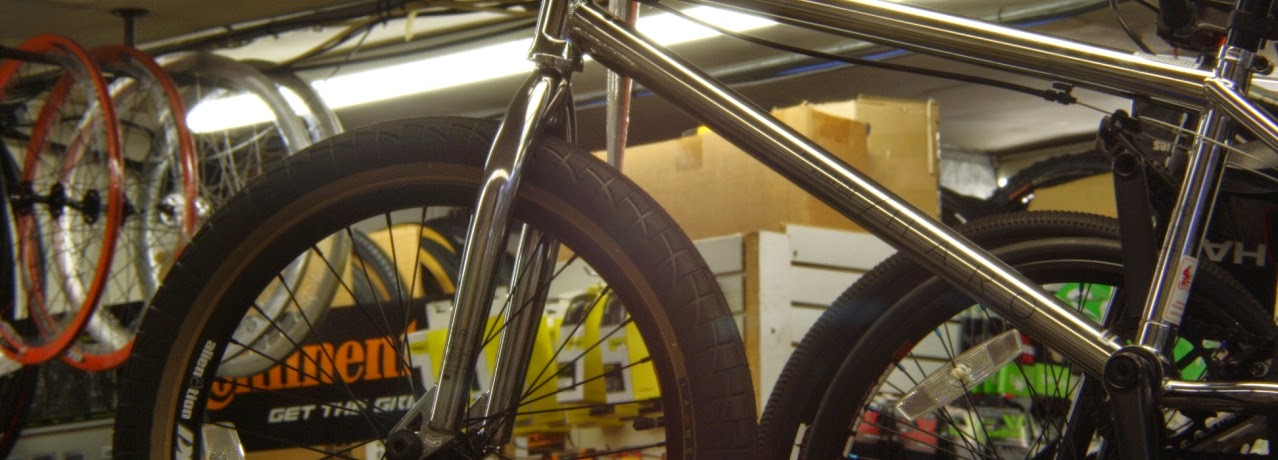| The Penny Farthing, Highwheeler or Ordinary Bicycle |
The highwheeler's large front wheel allowed greater speed, and the larger wheel rolled over the rough, often cobblestone roads of the 1880s & 1890s easier, like today's 29" mountain bikes roll over obstacles easier. It did have some drawbacks, however. The main one was that it was dangerous. Under hard braking or if the front wheel hit something, the rider could be thrown forward off the bicycle. This was known as a header. In an effort to prevent these, some bikes were made with the small wheel in front. While this did prevent headers, mounting became a problem. On the traditional design, there was a small step on the bar behind the front wheel which went down to the small rear wheel. With this new design, there was no place to put a step.
I visited the Bicycle Museum of America in New Bremen, Ohio in 2004. At that time, they showed an informative video about riding highwheelers. Since they were direct drive, the only way you could coast was to take your feet off the pedals. To do this comfortably, riders would throw their legs over the handlebars. Here's a video that shows this technique (The rider later looses control and crashes).
Today we call these bikes highwheelers, ordinaries (compared to those newfangled safety bicycles which later replaced them) or penny-farthings (since the two wheels resembled the relative sizes of penny and farthing coins in Great Britain). When they were in their heyday, they were simply called bicycles, since the basic design we know today was not yet in use.
Bike designers in the 1890s realized that by using a chain drive with different size gears, they could achieve the same speed with much smaller wheels, leading to what was called the "Safety Bicycle." Despite their dangers and a relatively short time in production (Production ended in 1893), highwheelers popularized cycling, and they are considered a symbol of the late Victorian era. One gentleman named Thomas Stevens road a penny farthing around much of the world during 1884-1886. I'll write about him in a later post.

No comments:
Post a Comment